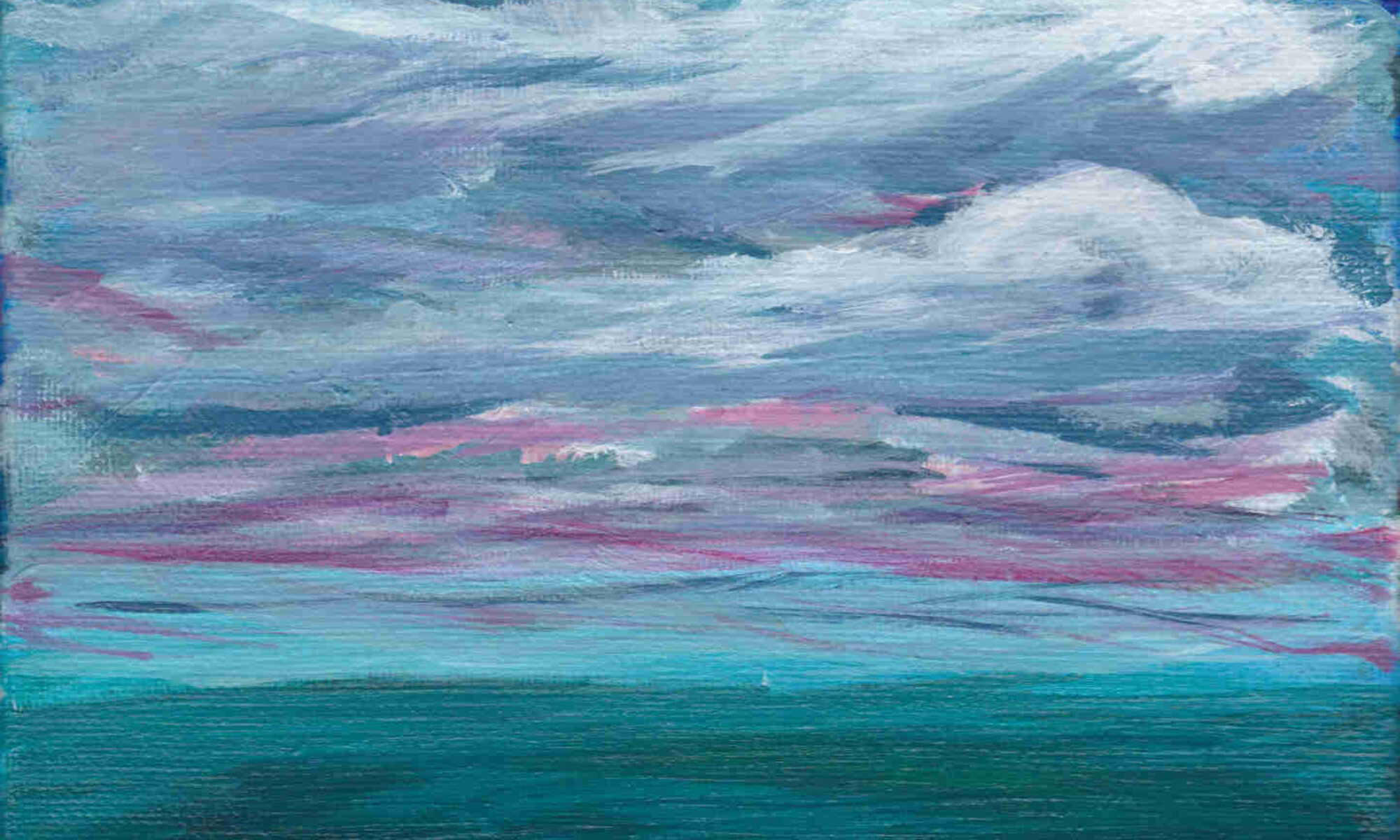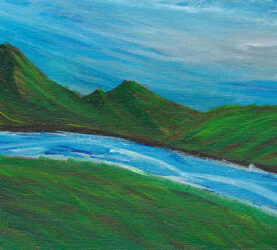The second criteria enshrined the previously discussed rubric is “Balance”. Straightforward at a glance, this intuitively simple concept reveals a hidden world of madness for those possessing enough courage to look past the surface.
Allow me to present the following argument taken from the first chapter of Rudolf Arnheim’s 1954 book “Art and Visual Perception”.
I swear I did not make this up.
First of all, Vision is a physiological process that occurs within the brain. Vision is also a psychological experience that interprets and makes sense of this physiological process.
When you observe someone throwing a ball through the air, the physiological process of vision occurs in your brain and that process is psychologically interpreted in some way that gives you an understanding that a ball is moving.
In other words, you see the ball moving because your brain tells you that the ball is moving.
Now look at this optical illusion that tricks your mind into seeing movement where no movement is actually happening.
This is the strange part.
As far as your brain is concerned, there is no observable difference between the real movement of the ball and the perceived movement in the illusion. Even though one is objectively measurable and the other doesn’t actually exist, the two events are indistinguishable as psychological events.
Therefore, according to Arnheim, we can consider that a “perceptual force” exists that causes your brain to perceive movement in the illusion, just as a real physical force exists that causes your brain to perceive movement of the ball. Just as we study the forces that act on the world, we can study the forces that act on the canvas. We can determine how they work upon our perceptual reality. We can become, in a sense, masters of our internal universe.
This is the heart of the madness – Perceptual forces bestow upon us the power to make mountains light as a breeze, to wrestle the moon, and harness the sky. The power to create anything we desire if we are bold enough to try.
Use it wisely.
Arnheim, R. (2004). Art and Visual Perception. Spain: University of California Press.
Today’s art: Brush study number three (see it being painted here)
| Element | Criteria | Score (out of 5) |
| Unity | Does the work look good? | 3 |
| Balance | Was it used wisely? | 4 |
| Movement | The work has a sense of movement (ie. figure positioning, flowing water, leading lines) | 3 |
| Rhythm | Work has a rhythm or underlying beat that leads the viewers eye to view the artwork at a certain place | 2 |
| Focus | The viewer’s eye is drawin to a specific focal point of the work | 4 |
| Contrast | The work is enhanced by the presence or absence of contrast | 2 |
| Pattern | The work is enhanced by the presence or absence of regularly repeating lines, shapes, colors, or values | 4 |
| Proportion | The work is enhanced by the presence or absence of proportion | 2 |
Source: https://www.liveabout.com/elements-of-composition-in-art-2577514


